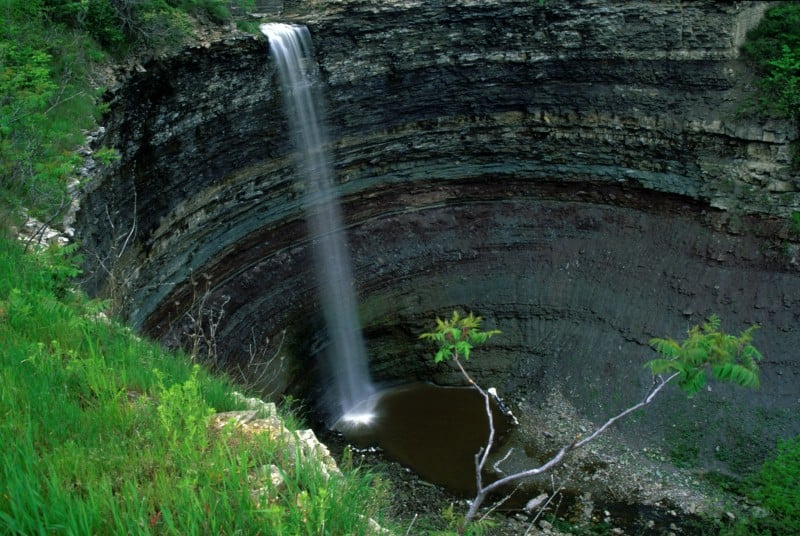Hamilton pledging to protect natural areas as part of 30 by 30 environmental plan
Published December 7, 2023 at 2:18 pm

Hamilton, which has some of best natural and bio-diverse lands among Ontario’s big cities, is taking steps to ensure those natural areas are protected for future generations by signing on to a pilot project being undertaken by Ontario Nature.
The City agreed at Tuesday’s Planning Committee meeting to be part of the Municipal Protected Areas Project, which hopes to build “awareness, pride and support” for protected areas and biodiversity conservation.
Ontario Nature, a nonprofit organization, is canvasing communities across the province to determine which municipally owned lands may count toward a federal target of protecting at least 30 per cent of land and water in areas with high importance for biodiversity and ecosystem function and services by 2030.

Bay Front Park
Ward 12 Councillor Craig Cassar, who originally introduced the motion in September, said the decision to get on board with the pilot project is a “very basic step” to save and protect Hamilton’s natural environment. “This is about lands we already own and can be protected permanently,” he told the committee. “There is a very strong push from the community to preserve our natural resources and wetlands. We’re going to continue to push for that.”
Cassar hopes other landowners and organizations can get behind the project as well and City staff will look for opportunities for others to contribute lands to the 30 by 30 target.
Strengthening local policies and procedures around natural land management and biodiversity conservation, engaging with local Indigenous communities, highlighting good news stories and recognizing Hamilton as a leader in biodiversity conservation will also play a big part in the project.
Meetings with local environmental groups like the Hamilton Naturalists Club, Hamilton Conservation Authority and other interested parties to discuss the project and identify opportunities for synergy; talks with McMaster University to gauge the school’s interest in having their forest assessed for potential contribution to the target; and sharing resources with Ontario Nature and other partners will form much of the work in year one.

Albion Falls
Continued collaboration with local partners and additional promotion of the project is on the agenda for year 2 while year 3 – which takes the project to March 2026 – will include a ‘full picture’ case study of Hamilton’s contributions to the 30 by 30 target and promotion through press releases, blogs and magazine articles, social media and public presentations.
The project is part of a broad range of climate initiatives stemming from a United Nations Convention on Biological Diversity in Montreal in December 2022 that set a goal of being a carbon-neutral nation by 2050 and an immediate target of protecting 30 per cent of Canada’s terrestrial and marine areas by 2030.

Chedoke Radial Trail





